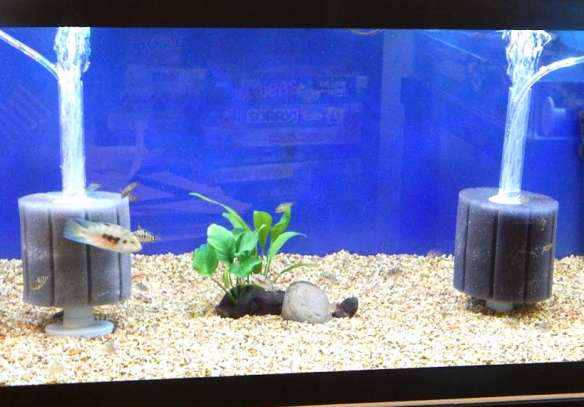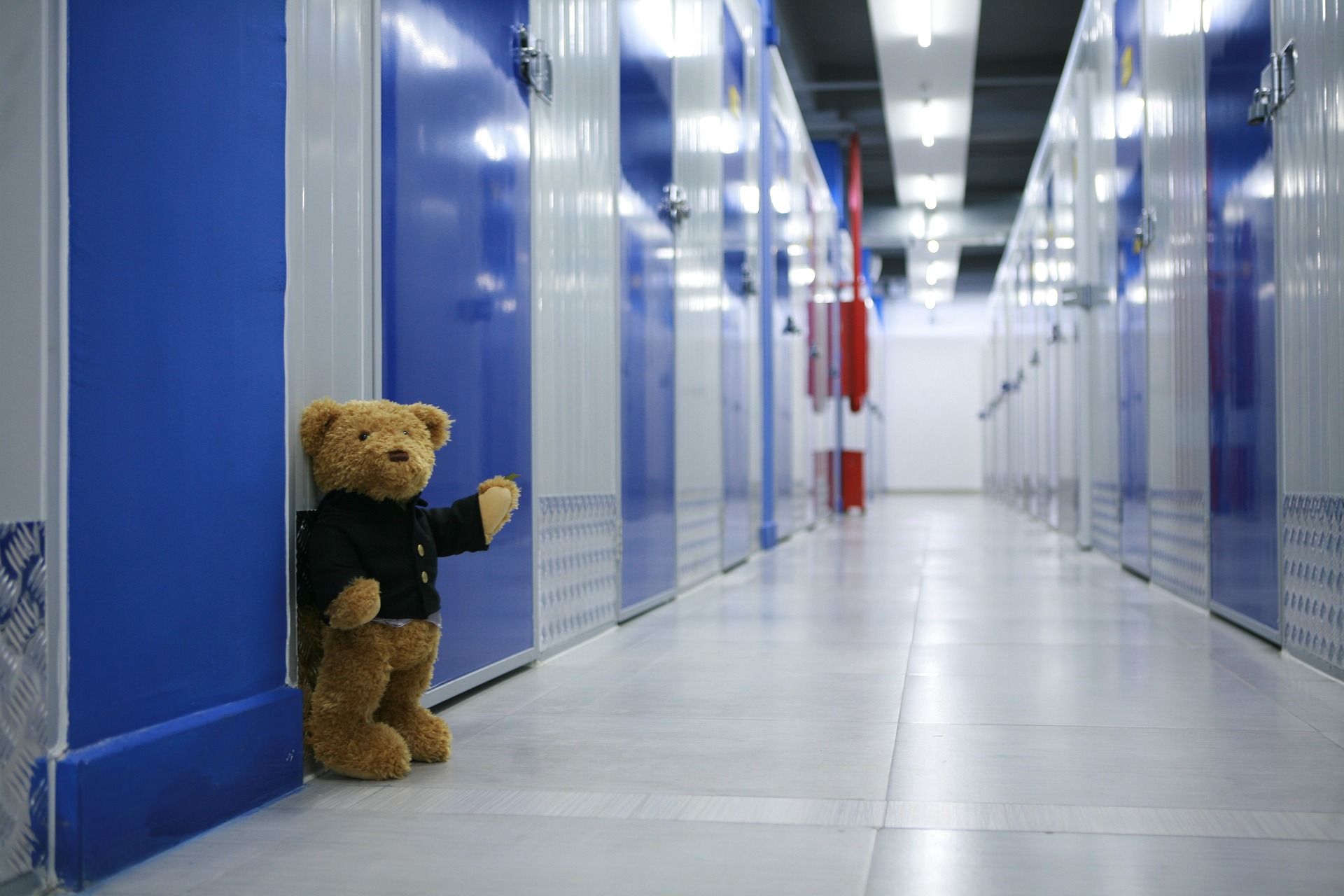What Is The Basic Filtration For Aquariums?

Table of Contents
Biological filters
Enable bacteria to spread and break down wastes. Biological filtration breaks down toxic ammonia and converts it to nitrites that are less dangerous.
Biological filtration entails moving of harmful wastes through a filter. The biological filters must be checked frequently to make sure no particles have eluded the mechanical filters, clogging your biological filter and lowering the effectiveness.
Mechanical filters
Are utilized for eliminating particles from the water. These filters must be checked and cleaned frequently.
Despite them making your tank look cleaner and are efficient in trapping particulate waste, the waste must still be physically removed from the aquarium.
Other filtration types

Chemical filtration entails utilizing activated carbon or filtering resin for removing harmful wastes or pollutants, and cleaning of the water.
Chemical filtration is also referred to as phosphate or nitrate removers. There are various types and brands of filters that you can select from.
You can also look at a good canister filter for your tank. The ideal filter should have at least two or three basic kinds of filtration. It’s not always necessary to have chemical filtration.
Internal Versus External
Filters can be placed outside or on the inside of an aquarium. External filters, as the name suggest are placed outside of the tank and regular examples include canister filters or power filters.
They are easily maintained as opposed to internal filters and offer more flexibility since they can alter water chemistry by permitting you to use various media types. The size of the filter is contingent on the size of the aquarium.
Wet/dry filters
A wet/dry filter or otherwise known as a trickle filter utilizes gravity for siphoning water from the aquarium via a hang-on prefilter. It manages to direct water through the suspended biological filter which is getting constant air contact (dry filter).
They might also have a submersed biological (wet filter) or mechanical filter and generally have additional room to add different chemical media if required.
A pump transfers the filtered water back into the tank. Since biological media is constantly exposed to air, it doesn’t use oxygen for the biological process of aquarium water, permitting a great level for aquarium inhabitants. Examples of internal filters are:
- Undergravel filters
- Internal power filters
- Box filters
- Sponge filters
The only drawback is that these filters necessitate more maintenance.
Protein Skimmers
Protein skimmers are your filters that are typically reserved for saltwater aquariums. Protein skimmers are excellent for removing proteins and alternate organic waste from the tank before being absorbed by the bacteria.
This decelerates algae accumulation, all of which are contributing towards more favorable water conditions. By eliminating waste before the biological breakdown, more oxygen is available to the aquarium inhabitants because it wasn’t consumed via the biological process.
More oxygen and fewer waste levels contribute a lot towards the overall health of the tank, making the purchase of a skimmer well worth the investment.





